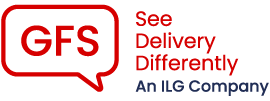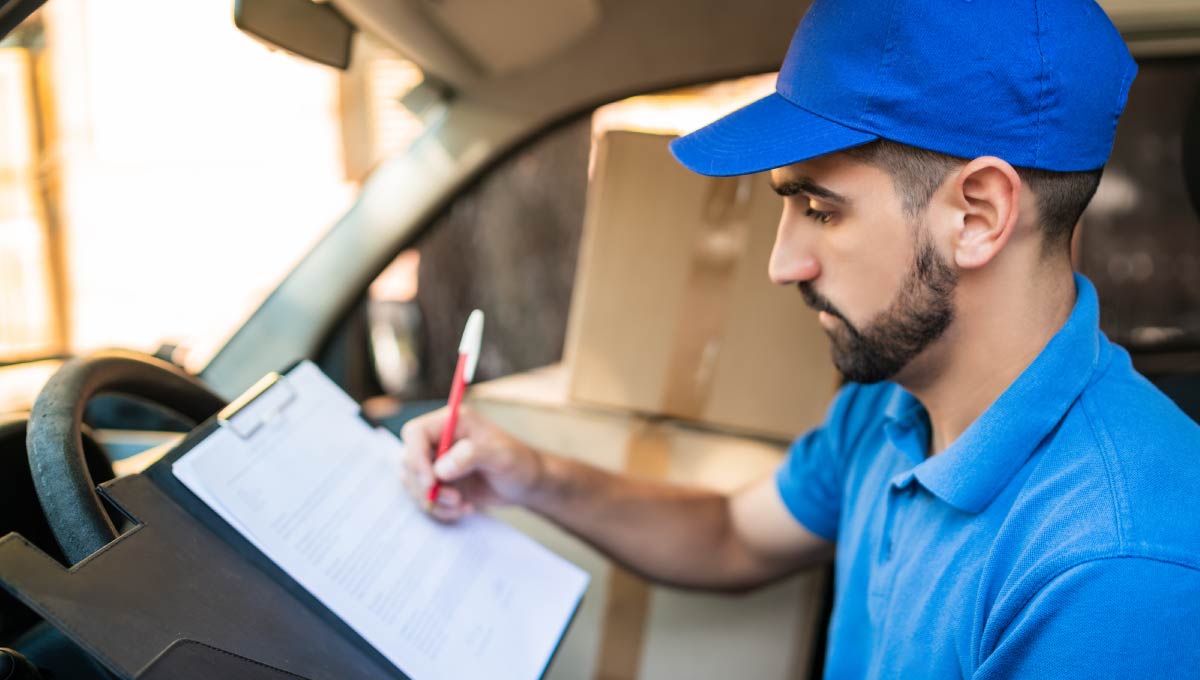As more businesses begin to re-open their doors, life is edging its way back to some kind of normal, but the reality is we don’t know what “normal” will look like in 1 month, 6 months or even 12 months’ time – what we do know is that businesses are likely to feel the impact of COVID-19 for quite some time.
It’s clear that eCommerce has experienced a surge in demand. As the country battened down the hatches back in March, consumer habits shifted dramatically, with 37% of us shopping online more than ever before*.
In fact, eCommerce sales soared to a massive 10-year high, as consumers were forced to do the majority of their shopping online for the first time ever.
How Did Retailers Cope?
The hike in demand put many retailers in a delicate situation, having to balance unplanned peak-level order volumes, with social distancing in the warehouse, as well as delays in the supply chain and carrier capacity issues.
Many businesses either had to reduce staff numbers quickly or pause trading altogether. Even household names like Next and TK Maxx took the decision to completely cease selling online until they could guarantee the safety of their staff – a completely unprecedented move.
Even retailers that were able to continue “business as usual” were forced to advise delays of up to 10 days or more for delivery – timeframes that have really been unheard of in the UK this side of the 21st Century.
Some companies looked for inventive ways to continue to connect with customers and recreate the in-store shopping experience. John Lewis launched a ‘virtual services’ hub so that shoppers could book one-on-one video appointments with retail experts, who could help with setting up nurseries, interior design and personal styling. Curry’s PC World launched a video service so they can help online customers make informed choices when buying electronics. Retailers who didn’t sell online before also turned to delivering to keep their businesses afloat.
The businesses that have managed to maintain consistent service levels and sales, have been those that allowed for some flexibility to pivot their business model and adapt to change quickly.
What’s the outlook for eCommerce Post-COVID?
We saw shops open on 15th June and thousands of shoppers rushed back to the high street, with mile-long queues and waiting times of up to 2 hours. But let’s not jump to conclusions. While people may be quite happy queuing in sunshine at the moment – will they do the same in the rain? The likelihood is the novelty will wear off quickly!
While many jumped at the chance to get out and hit the high street, others are still more apprehensive. We also can’t forget that many people will be recovering financially from being on furlough and may be nervous to spend – May saw a slight dip in the rate of growth for eCommerce compared to April (96% vs 83%), perhaps down to the fact that shoppers stopped panic buying and became more cautious of their spending. But these are still massive numbers regardless.
eCommerce has been growing steadily for the last 3 years, hovering at around +20% YoY. The COVID crisis has simply accelerated the rate of growth ahead of time, a trend that we see continuing as consumer habits have shifted.
We will probably find that key verticals traditionally considered as instore purchases, such as food, flowers and wine, health and beauty, may find that shoppers continue to buy online which could result in a permanent shift of business model for sectors such as these.
And as retail continues to lean online, e-fulfilment will become a core focus, with many businesses re-prioritising the purpose of their store estates and delivery strategy – especially considering that the value and importance of delivery has now been brought front of mind.
As Andy Mulcahy, Strategy and Insight Director at IMRG said recently: “We are also starting to see a differential by retail tier, with mid-market losing out to budget retailers, a trend to watch as consumers seek value for money in uncertainty, however, on the other hand we are likely to see consumers looking for brand trust and quality. This can result in a squeeze in the mid-tier where appealing to both needs has been traditionally harder to balance. Retailers will need to listen to their customers, and find new ways to become increasingly transparent, flexible and innovative in order to navigate the rocky and uncertain road ahead.”
How Can Retailers Adapt For The Future?
Whatever happens, it’s clear that we are in a constant state of flux and uncertainty – making it difficult for businesses to plan and forecast as they typically would. And soon we’ll be facing PEAK and BREXIT. Logically the businesses that have the flexibility and agility to react fast, with a focus on contingency and cost control will be the ones most likely to not only survive, but thrive.
This is no different to how businesses should be looking at delivery. Delivery is one of the most important parts of the customer experience and multi-carrier delivery not only gives retailers the ability to switch carriers, but also strike the right balance between performance, service and cost. By expanding delivery, it makes it possible to offer customers wider choice of delivery and service consistency – which will especially be important in this competitive climate. While customers may have been more tolerant over the last few months – don’t be fooled, a good customer experience will always be a huge sales motivator.
At GFS, we give retailers flexibility and contingency by offering single access to the widest range of global multi-carrier services for delivery and returns with a seamless customer experience – no matter what happens.
Make sure you always have a Plan B – Watch this video to find out how!
Or contact us to see how GFS can help prepare your eCommerce business for every eventuality.











